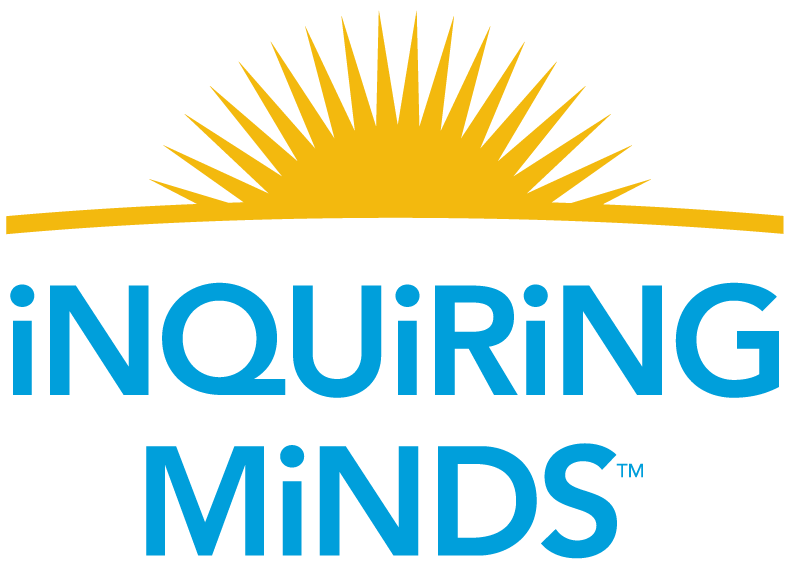Learn the Truth, the Human Way
How do we enhance learning in an age when skimming the surface has become the norm? We humans learn best when we sort through facts, messy contradictions, wrestle with mysteries, so that we land on something we believe in and can ultimately articulate. In other words, something we trust as ‘truth.’ If we just skim the surface we limit the experience, perpetuate fallacies, and, worst of all, fail to make progress.
Patricia Crain de Galarce, a teacher of teachers in Washington, D.C. says, “In education we speed along ‘on the information highway’ and forget to slow down and take detours. Since the only way to truly teach is to start where the student is, teachers often need to go off the road and explore.” This is the approach the College Career and Civic Life (C3) Framework is taking in Social Studies: to encourage students to question, know, analyze and finally clearly express what they’ve learned. As Crain de Galarce says, for each child to, “go deep.” This is all well and good but then the gnarly problem becomes how does the teacher verify the lesson learned, with this kind of individualized process? If you’ve ever sat with a kid who is learning, you’ve seen it is a complicated, personal and not at all streamlined process – and there are 70 million unique kids in our schools – all moving rapidly through a system that has historically relied on a cookie cutter approach to learning and assessing.
Crain de Galarce, a former principal of a French and Spanish immersion K-6 charter school in D.C. as well as a mom, recalls how her young daughter, who attended her school, became passionate about wild birds after she ‘went deep.’ This was about nine years ago, when she was in third grade. Her school had made a connection through the Smithsonian Migratory Bird Center with third graders on an island in Nicaragua. In a lesson provided by the Center, each class conversed in the other’s language, was encouraged to learn about each other’s country, and was asked to recognize the birds’ individual songs and silhouettes. Each class studied Audubon’s drawings of Humming Birds and the Brown Thrush among others and migratory maps, learning about our precarious relationship to the habitats of wild birds and how we share or destroy them. They knew when these birds would land in D.C. and watched and listened for them. They marveled about the mystery of how birds know where to migrate to with such precision. The kids fell in love with these fragile, wild creatures. Some turned in the slingshots they had once used to kill them. Both classes shared stories, wrote and designed brochures and made films about what they discovered all of which they traded between schools.
But ultimately what did Crain de Galarce’s daughter, who is now looking at colleges, learn from all this fun? She reflects that this experience nurtured a desire to become a life-long learner, to understand how best she learns, and, of course, to love wild birds with a passion. With sadness, her third grade teacher says they are no longer doing these “fun projects” due to the requirements and rigor of “standard assessments.”
Don’t we need to insist that we teach the whole child? Doesn’t Common Core, which is sweeping the nation’s education system for science, math and reading, refer to the depth, the core of each unique child, of all children? Don’t we need to ignite the fire in the bellies of all third graders (of all kids, at all ages)? We need to find that button that drives each of us to question, explore, verify and to broadcast what we’ve learned. Success would be, like Crain de Galarce’s daughter, if we all became life-long learners and passionate citizens.
The C3 Framework, which is in accord with the Common Core, is rolling out now. C3 promotes an inquiry arc that requires curiosity, analysis and civic discourse. At Citizen:Me we are researching how the C3 Framework brings passion and curiosity of kids - and educators - back into our schools.
We see rays of sunshine. Washington, D.C. has just reallocated time back to Social Studies in the classroom so many of their ‘fun’ lessons from The Smithsonian, which is one of the 35 curriculum partners of the C3, may be winging their way back into schools very soon – to help change the trajectory and nurture the passion of many a student’s life.
________________
Crain de Galarce is employed by the Urban Teacher Center (in partnership with Lesley University) and is studying at University of Pennsylvania to earn her PhD in Education.
